Share this page:
Tweet
Hand-dyed in West Africa
Most of our hand-dyed batiks come from Ghana and The Gambia. Over the years we have developed wonderful friendships with many talented local dyers and batik artists.
We try to identify each fabric with the maker's name and many of our customers come back looking for fabrics by specific dyers.
All fabrics are 100% cotton. Some are a subtly woven damask; others are plain-weave cotton, as indicated. Dressmaking/craft weight: 150 grams per metre, approximately.
Fabrics are 115 cm / 45 in wide, approximately. Fat Quarters are 50 x 55 cm / 20 x 22 in, approximately.
Hand-dyed batiks: Per Fat Quarter: £5.00 Per metre: £20.00
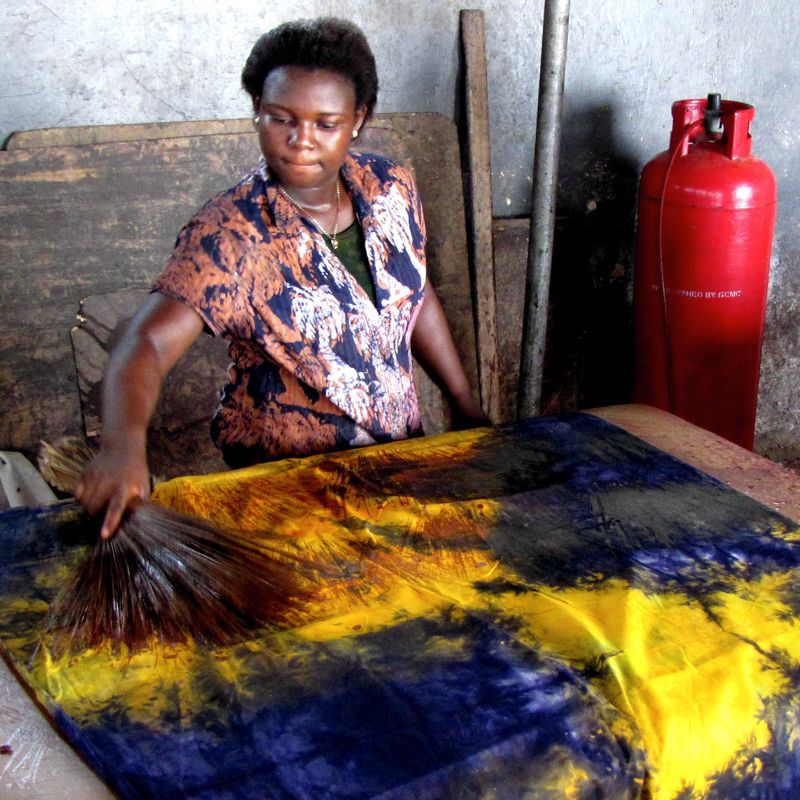 Applying wax to batik at Grace Adover's workshop: Accra, Ghana
Applying wax to batik at Grace Adover's workshop: Accra, GhanaEsther 852 New
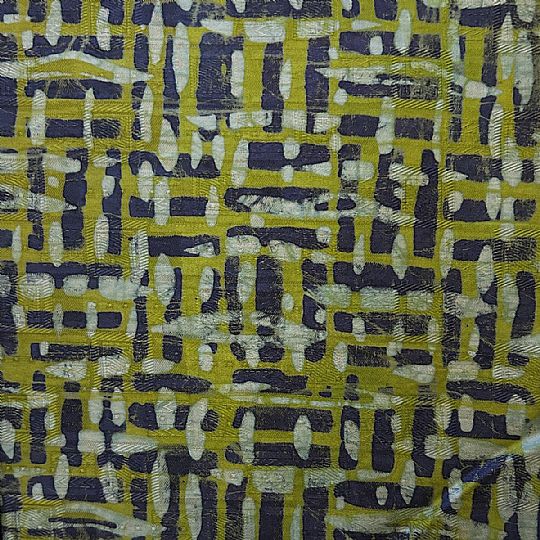
£5.00FBA852
Esther 851 New
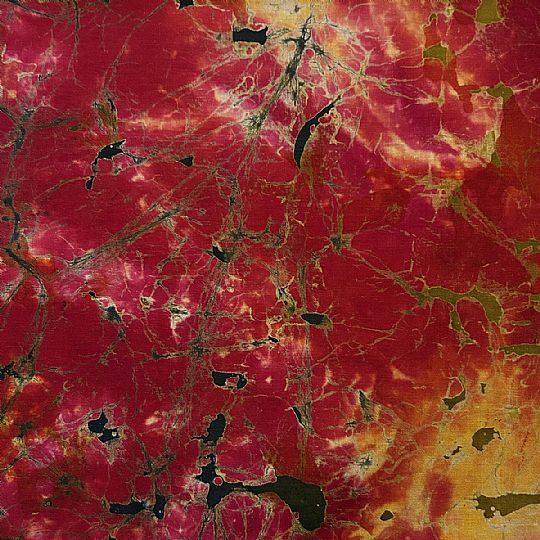
£5.00FBA851
Esther 850 New
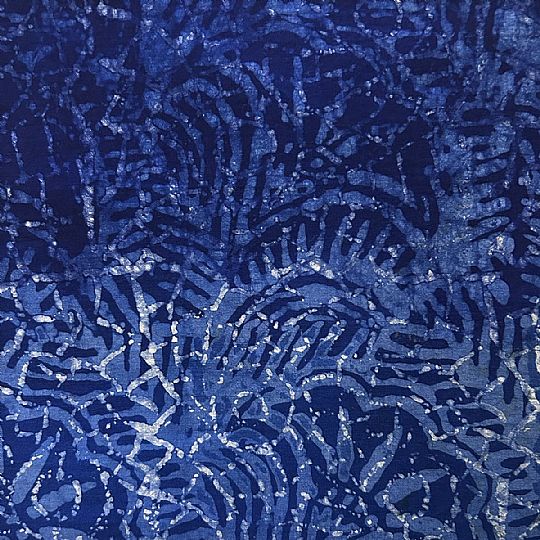
£10.00FBA850HM
Esther 848 New
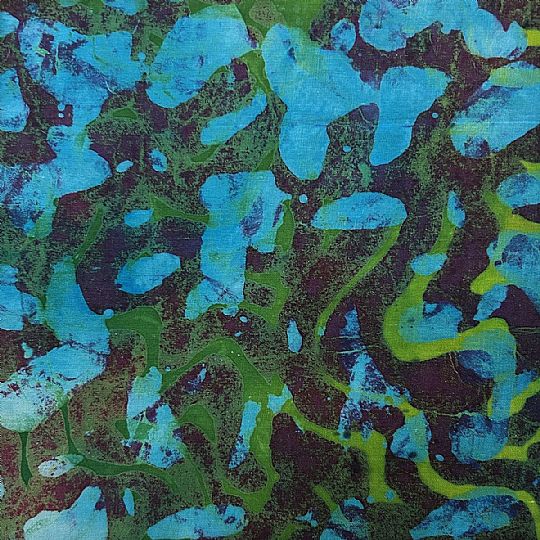
£5.00FBA848
Esther 847 New

£5.00FBA847
Esther 846 New
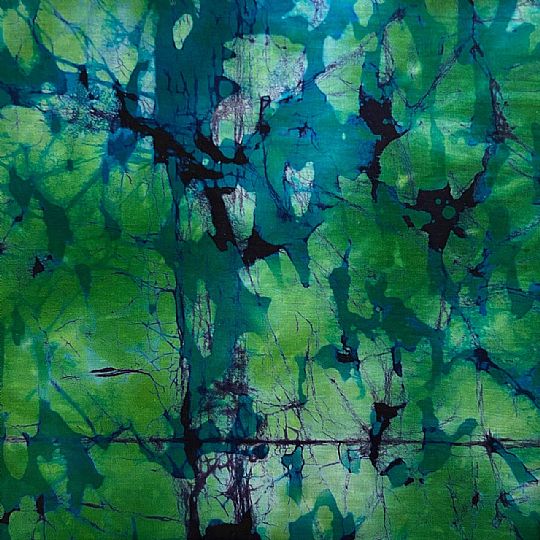
£5.00FBA846
Esther 845 New
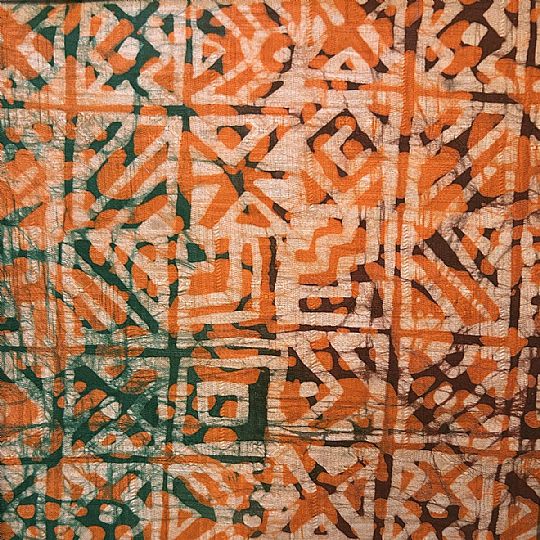
£5.00FBA845
Esther 844 New
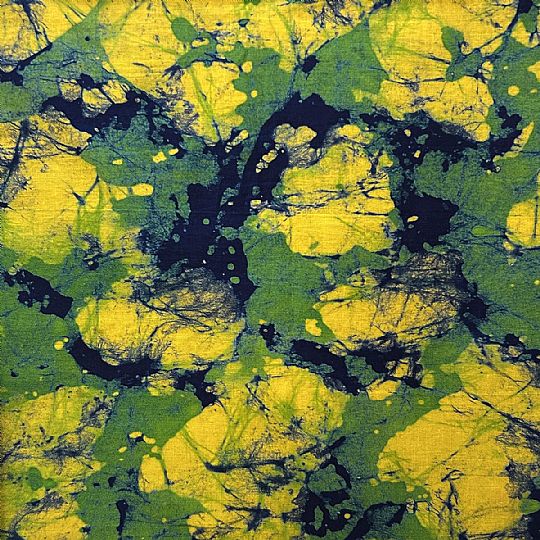
£5.00FBA844
Esther 843 New
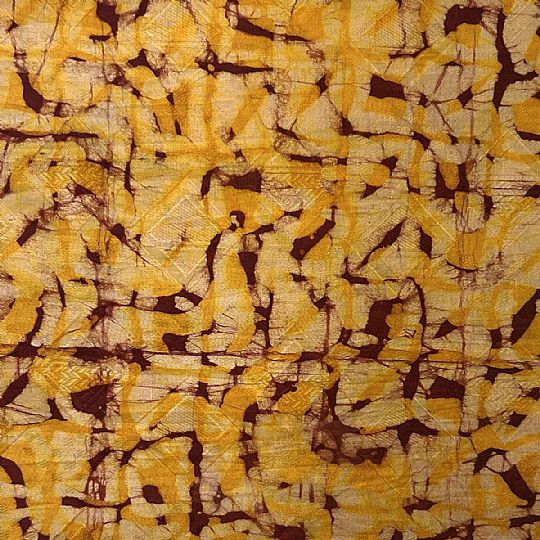
£5.00FBA843
Esther 842 New
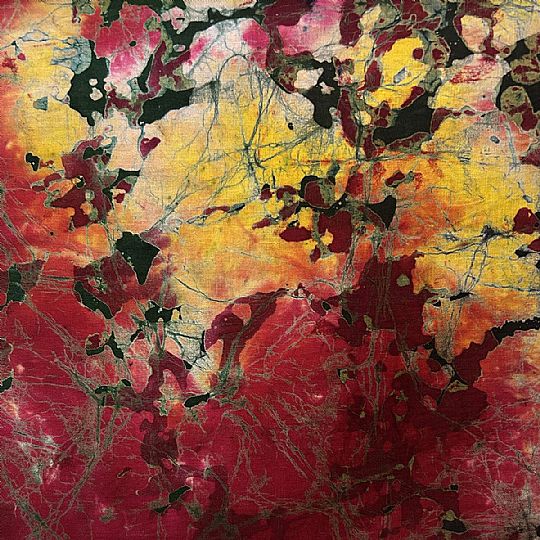
£5.00FBA842
Esther 841 New
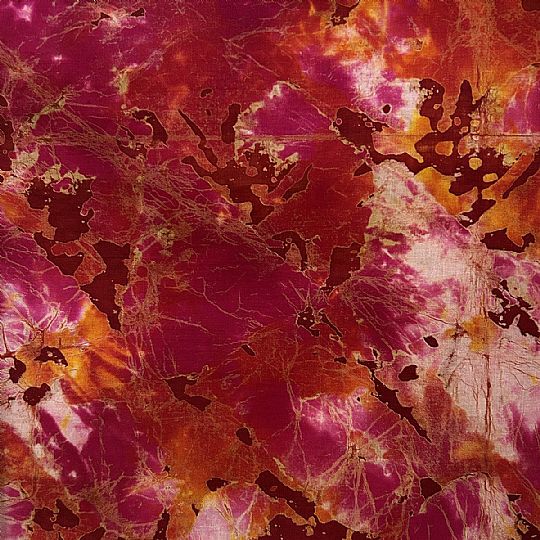
£5.00FBA841
Esther 840 New
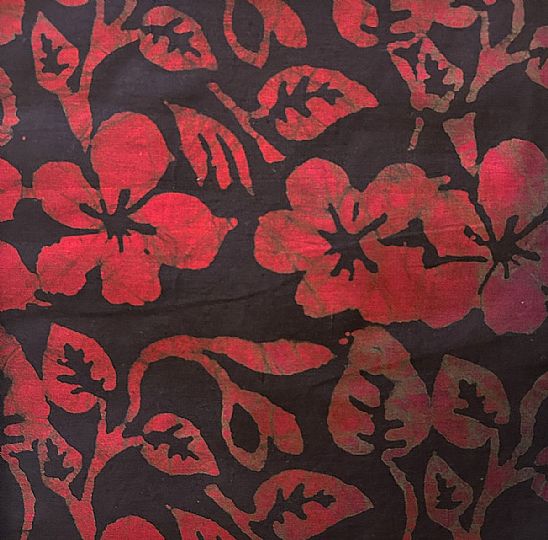
£5.00FBA840
Grace 838
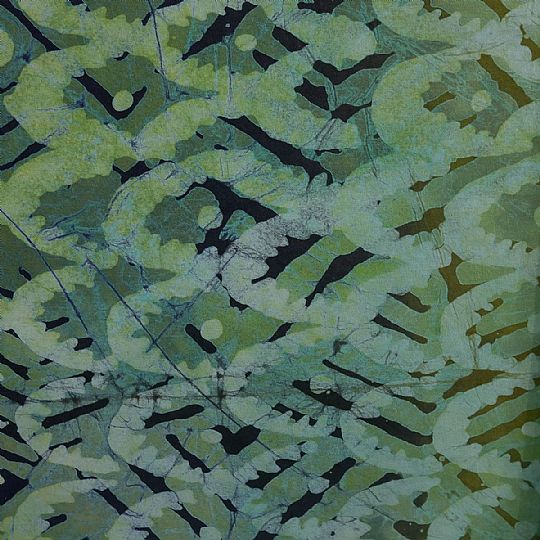
£5.00FBA838
Grace 837
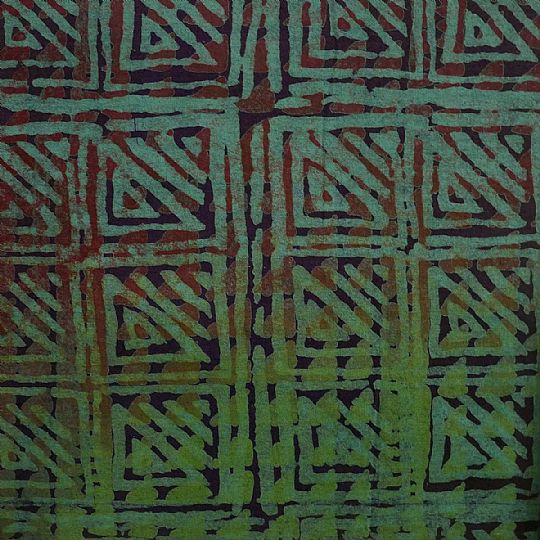
£5.00FBA837
Grace 836

£5.00FBA836
Grace 835
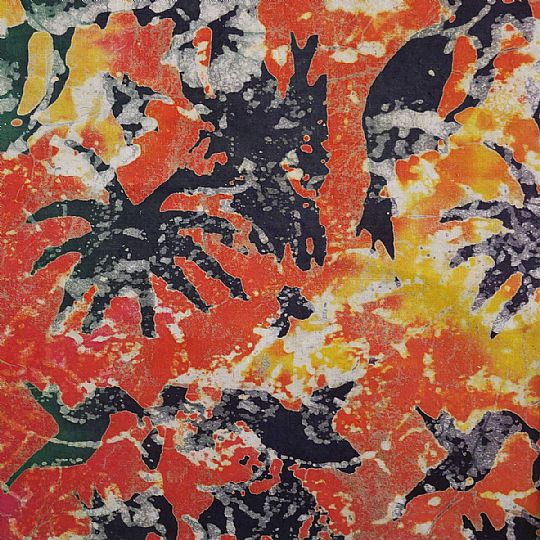
£5.00FBA835
Grace 834

£5.00FBA834
Grace 833

£5.00FBA833
Esther 827

£5.00FBA827E
Grace 824
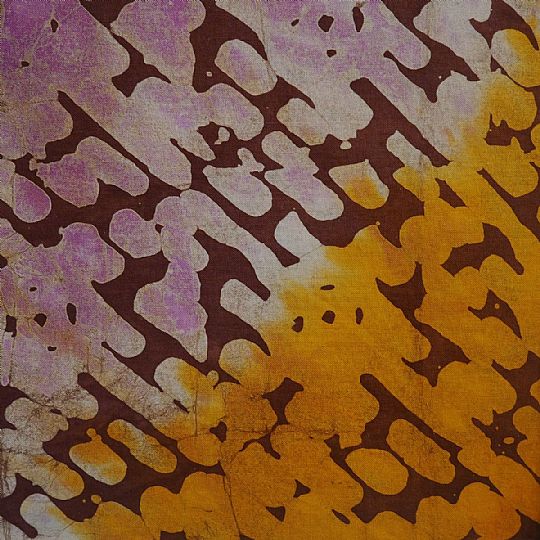
£5.00FBA824G
Grace 822

£5.00FBA822G
Esther 810
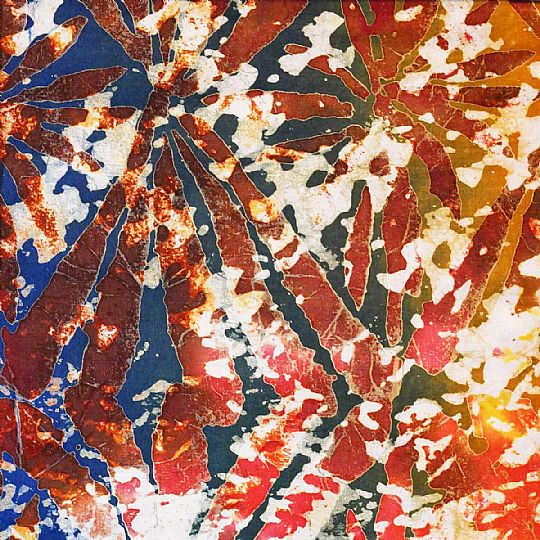
£5.00FBA810
Esther 807
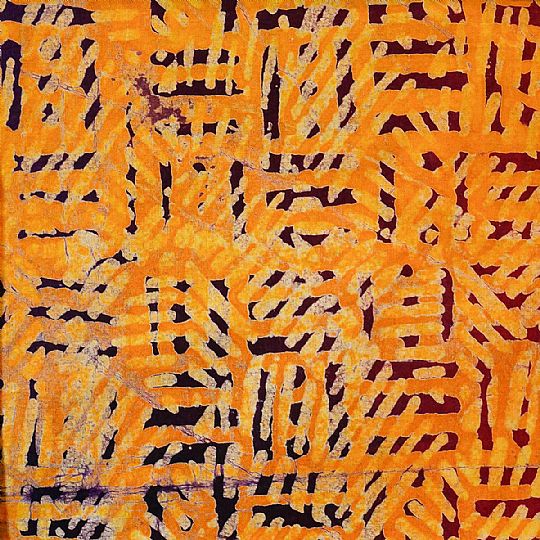
£5.00FBA807
Esther 805
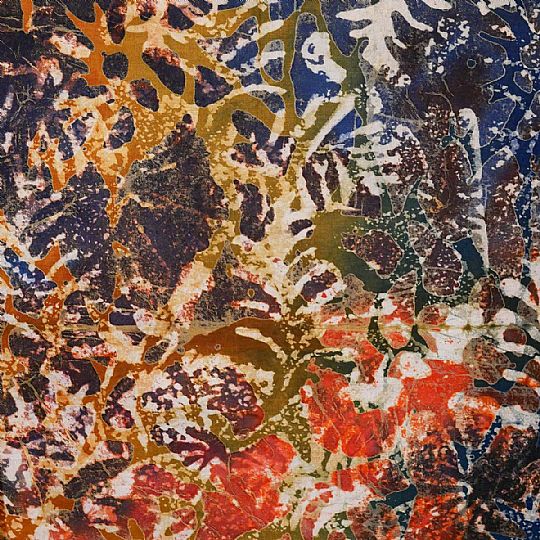
£5.00FBA805
Esther 804
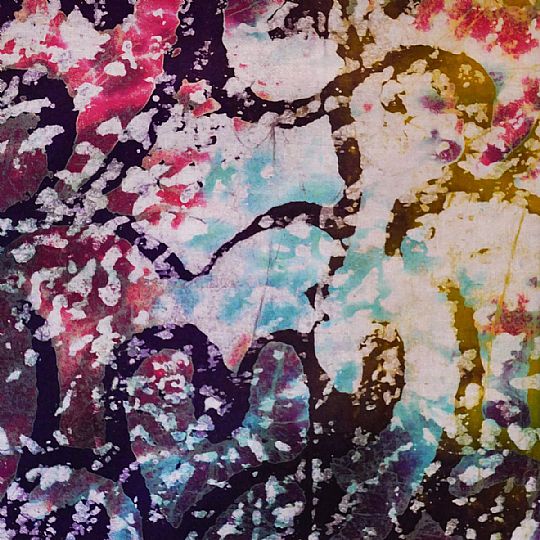
£5.00FBA804
Esther 803
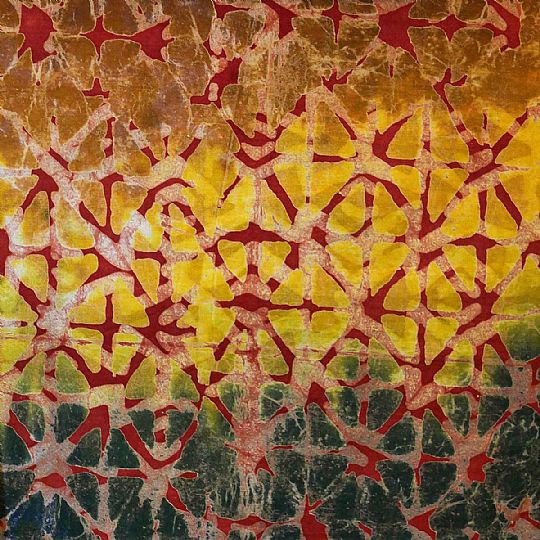
£5.00FBA803
Esther 799
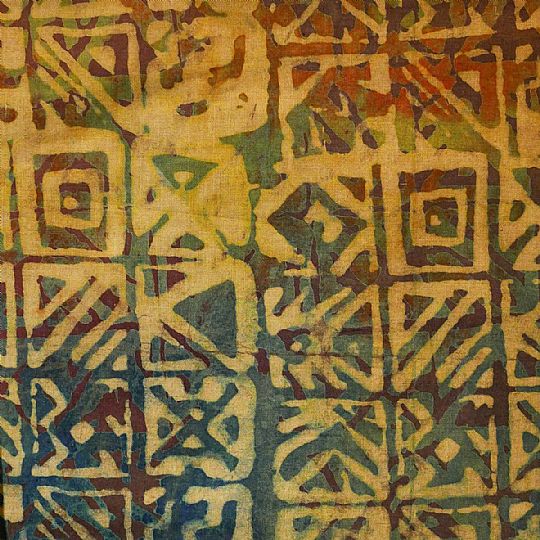
£5.00FBA799
Grace 797
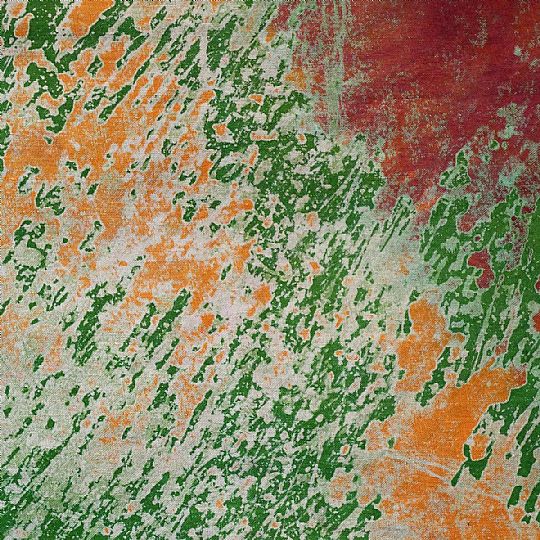
£5.00FBA797
Esther 771
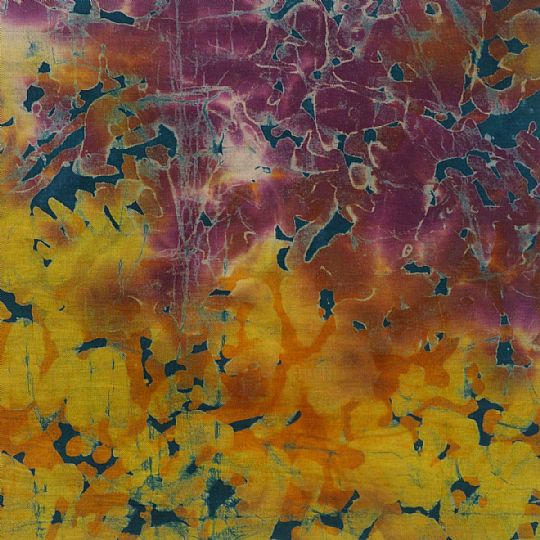
£5.00FBA771
Esther 766
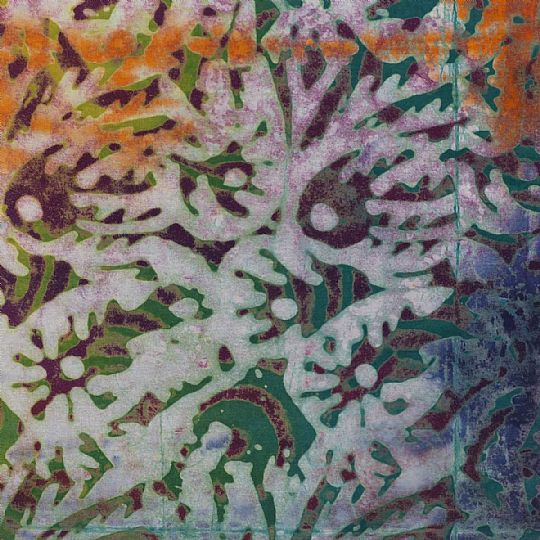
£5.00FBA766
Esther 749
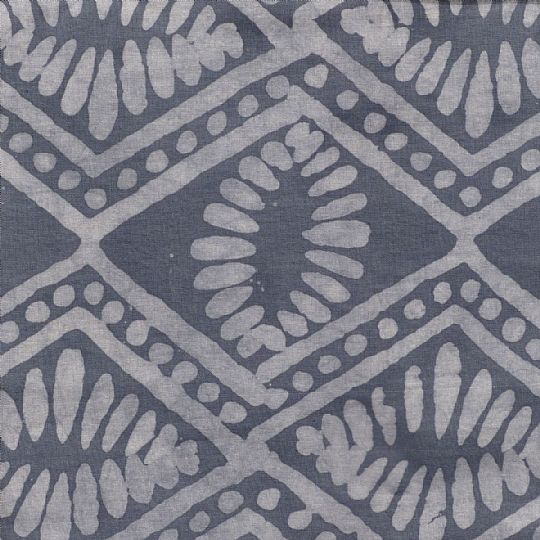
£5.00FBA749
Batik Adventure Pack Rainbow
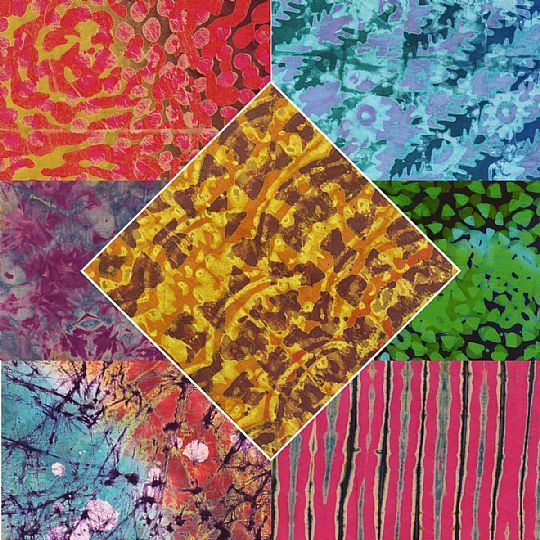
from £24.00ABA001
Batik Adventure Pack Sunset
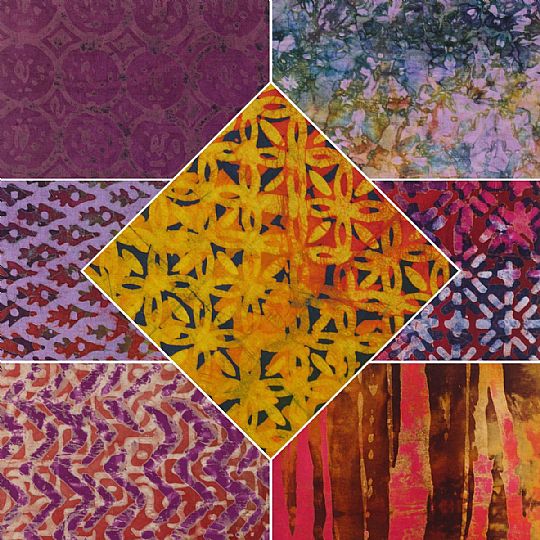
from £24.00ABA006
Batik Adventure Pack River
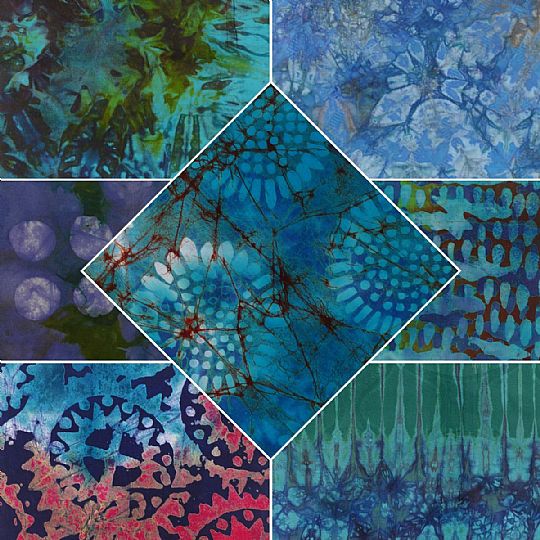
from £24.00ABA005
Batik Adventure Pack Rainforest
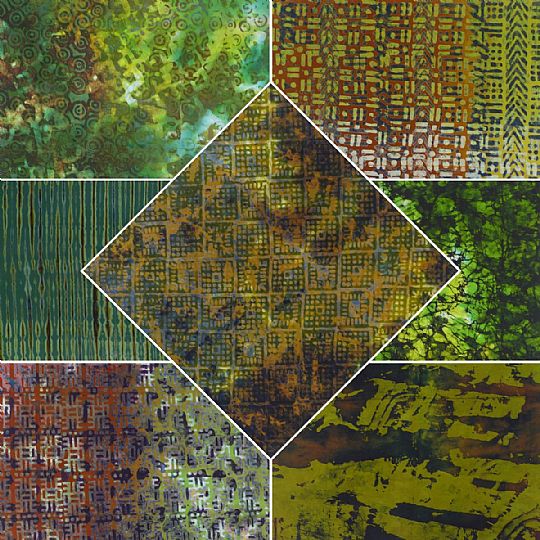
from £24.00ABA003
Batik Adventure Pack Savannah
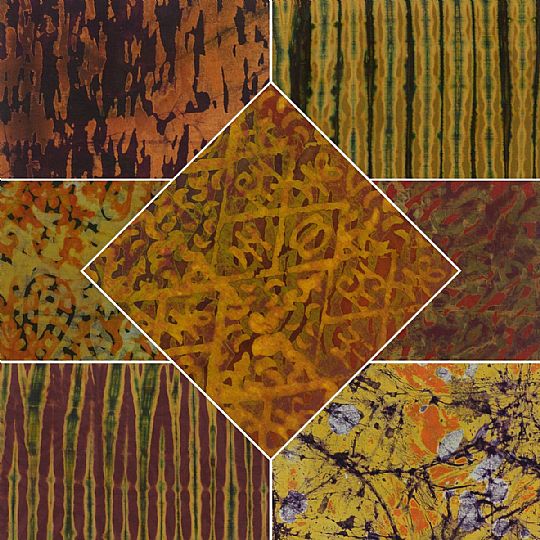
from £24.00ABA004
Batik Adventure Pack Indigo
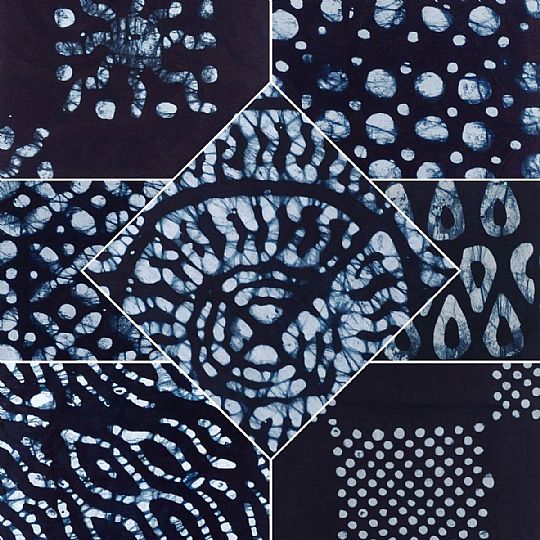
from £24.00AKN103
Batik Fabric - Modu 500
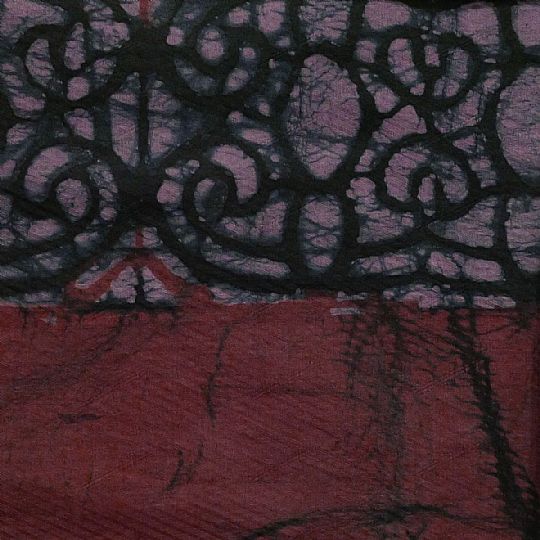
£7.50MBB500
Batik Fabric - Modu 501

£5.00MBB501
Batik Fabric - Modu 503

£7.50MBB503
Modu 504

£7.50MBB504
Modu 508
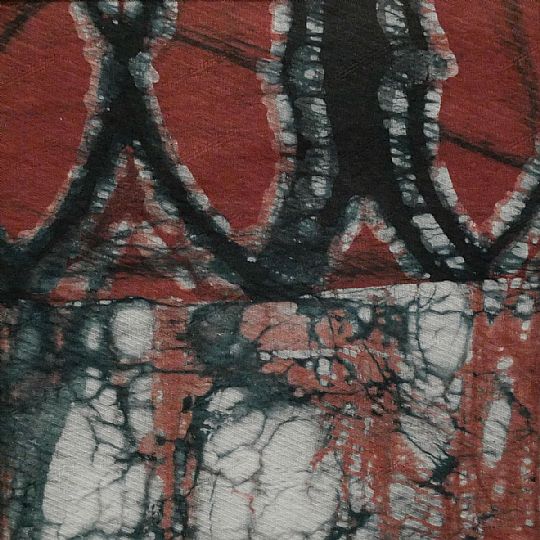
£7.50MBB508
Modu 506

£5.00MBB506
Modu 507

£7.50MBB507
Hand-dyed Batik - Modu
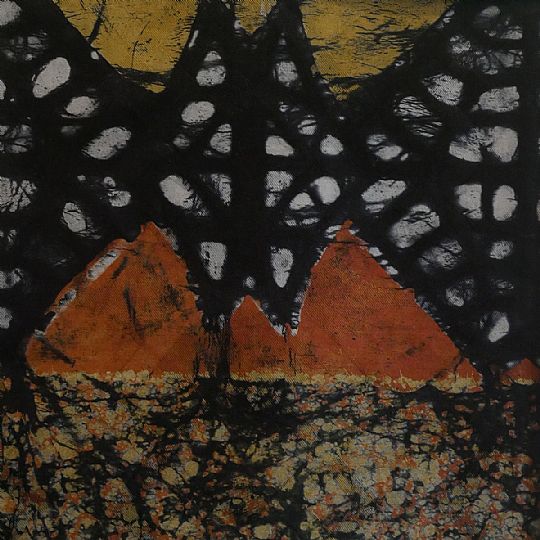
£7.50FBB500
Hand-dyed Batik - Modu
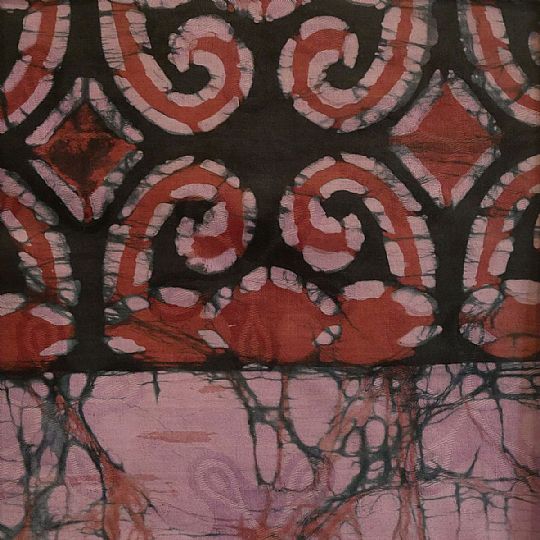
£7.50FBB504
Esther Batik - Special Collection New
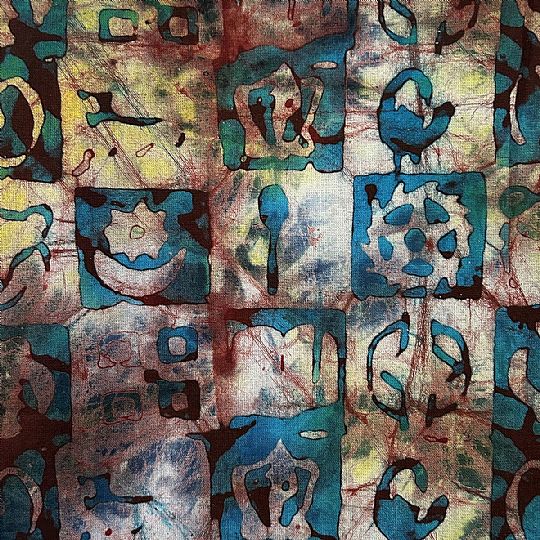
from £32.00FSP123
Esther Batik - Special Collection New
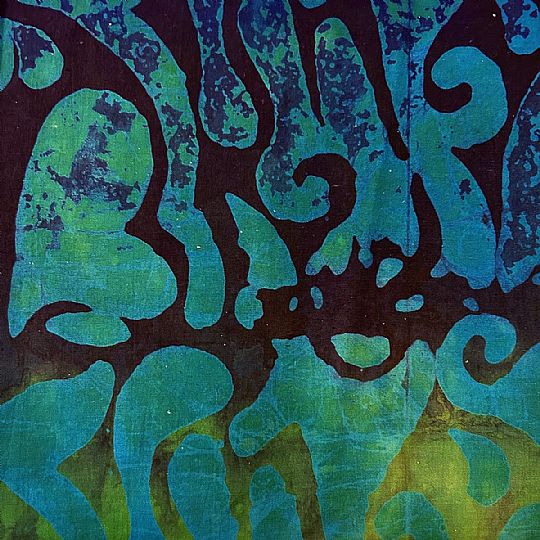
£50.00FSP124
Esther Batik - Special Collection New

from £37.00FSP126
Esther Batik - Special Collection New
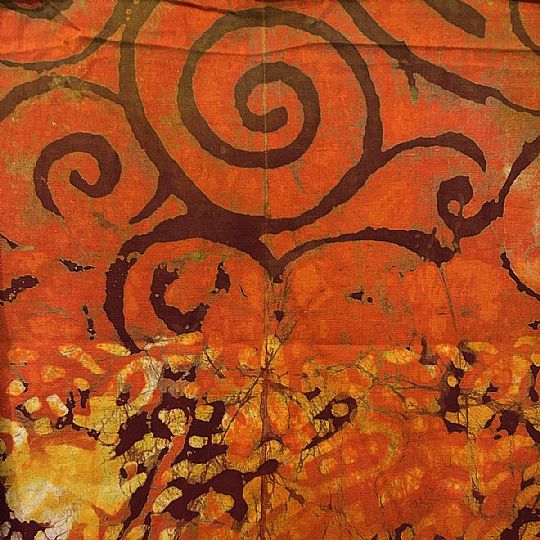
£60.00FSP127
Esther Batik - Special Collection New

£49.00FSP128
Esther Batik - Special Collection New
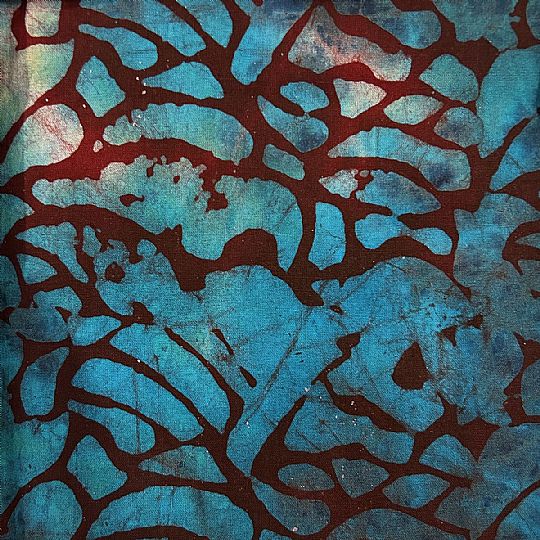
£56.00FSP129
Esther Batik - Special Collection New
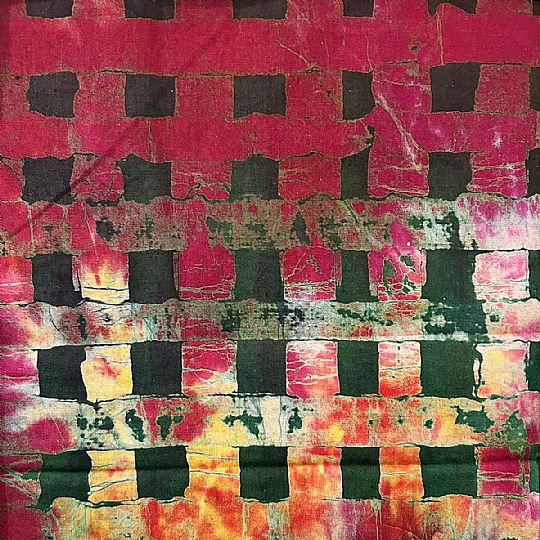
£56.00FSP130
Esther Batik - Special Collection New

£54.00FSP131
Esther Batik - Special Collection New

£53.00FSP132
Oumi Bahoum - Special Collection New
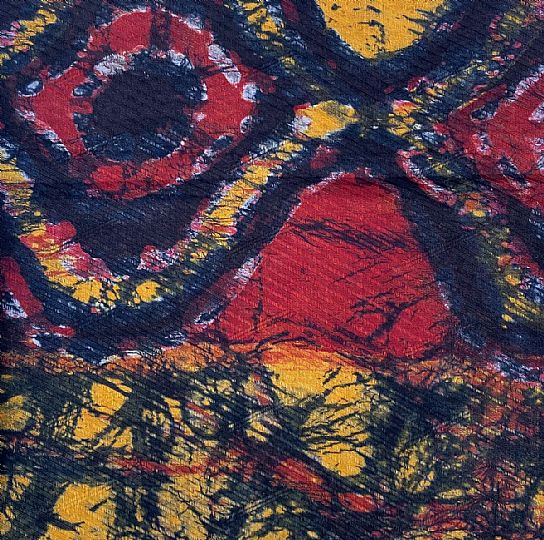
£60.00FSP134BB
Modou Bahoum - Special collection New
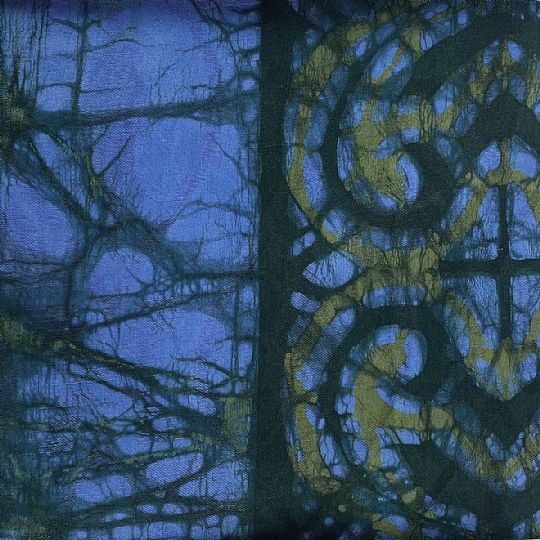
£52.50FSP135BB
Modou Bahoum - Special Collection New
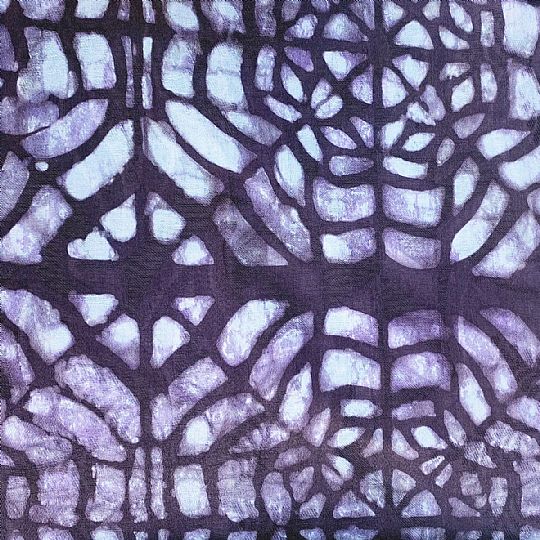
£84.00FSP136BB
- Fabrics & Textiles
- African Fabrics by the metre
- Special Collection African Fabrics
- Hand-dyed African Batiks
- Hand-dyed African Tie-dye
- African Wax Prints
- African Wax Print Indigos
- Langa Lapu South African Sun Prints
- Shwe Shwe Indigos
- Shwe Shwe Colours
- Kudhinda Zimbabwe Screen Prints
- Kola & Indigo Hand-dyes
- Indigo Hand-dyes
- Handwoven Strip Cloth
- Unique & Decorative African Textiles
- Mud Cloth / Bogolan
- Vintage & Collectable African Textiles
- Kuba Cloth
- Korhogo Cloths
- Indigo Cloths
- Undyed African Textiles
- Kenyan Kikoy
- Bark Cloth